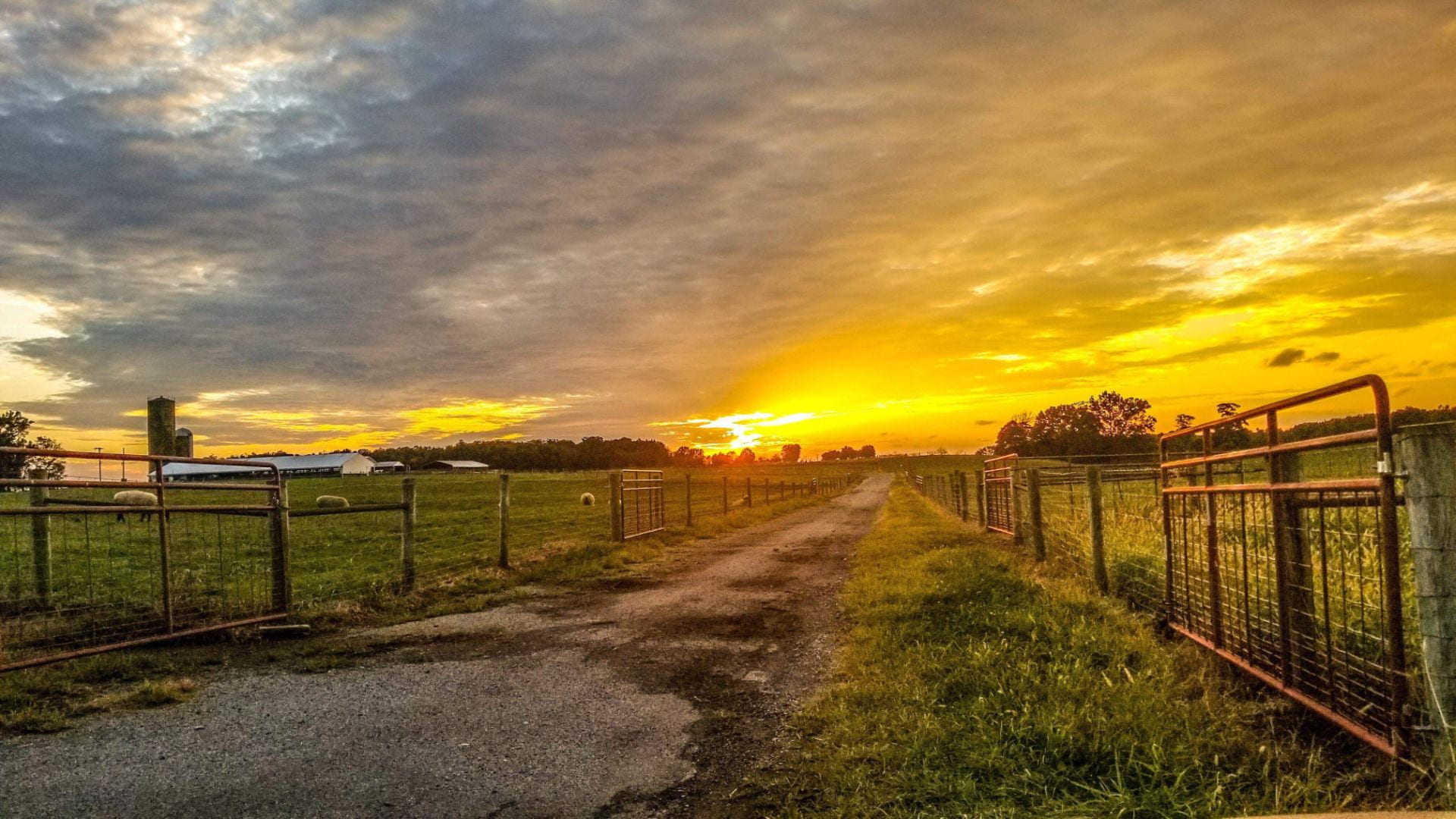Katie Ockert, Statewide Chronic Wasting Disease (CWD) Educator, Michigan State University Extension
Thomas Guthrie, Statewide Equine Extension Educator, Michigan State University Extension
(Previously published online with Michigan State University Extension: June 05, 2025)

(Image Source: Katie Ockert, MSU Extension)
Before hitting the road with your livestock and horses, make sure you, your vehicle, and your trailer are prepared for the unexpected.
‘Tis the season for traveling with your horses and livestock, whether it be recreational opportunities such as trail riding or heading to a livestock show or even to a rodeo, it is advisable to be prepared for an emergency before heading down the road.
Performing annual maintenance that includes checking brakes, inspecting the frame of the trailer, inspecting wiring harness, greasing all hinges and the ball hitch etc., checking trailer flooring and making sure all lights (both internal and external) are operational is a must to ensure that your rig is in full working condition and roadworthy. In addition to the previously mentioned items, below are a few more considerations to think about before embarking on your journey.
Check tire pressure
Always take a moment to Continue reading Safe Travels: Preparing for the Unexpected While Hauling Livestock and Horses

 your thoughts on fasting sheep, there’s no doubt your shearer will thank you for keeping the flock off feed and water before shearing. More importantly, your sheep will thank you, too. While there are various views on fasting, the benefits to sheep and shearer are significant, and backed by research.
your thoughts on fasting sheep, there’s no doubt your shearer will thank you for keeping the flock off feed and water before shearing. More importantly, your sheep will thank you, too. While there are various views on fasting, the benefits to sheep and shearer are significant, and backed by research. of barn do I need to raise XXX ewes/does indoors?” This question and many others similar to it have been common place over the past year and for good reason. Take a look at the market price for any type of sheep or goat on the auction block today. Feeder lambs, fat lambs, and finished kids are bringing record prices and have continued to sustain these values well beyond the holiday season. These unique opportunities present our industry with some interesting challenges as higher feeder lamb prices make it difficult to buy and feed lambs for the finished market. It also makes it difficult to hold onto a group of replacement females when you could capitalize on the profits of the slaughter market. Additionally, cull ewes prices are up which makes culling this year easier than ever. However, what hasn’t been immediately considered is the effect of culling a large number of ewes. My question is – will this decision further complicate supply chain issues in the near future? With this background, its no wonder why my leading question is of great interest to producers from across the nation. Raising small ruminants indoors improves overall animal management, thus leading to improved efficiency resulting in more lambs and kids available for market.
of barn do I need to raise XXX ewes/does indoors?” This question and many others similar to it have been common place over the past year and for good reason. Take a look at the market price for any type of sheep or goat on the auction block today. Feeder lambs, fat lambs, and finished kids are bringing record prices and have continued to sustain these values well beyond the holiday season. These unique opportunities present our industry with some interesting challenges as higher feeder lamb prices make it difficult to buy and feed lambs for the finished market. It also makes it difficult to hold onto a group of replacement females when you could capitalize on the profits of the slaughter market. Additionally, cull ewes prices are up which makes culling this year easier than ever. However, what hasn’t been immediately considered is the effect of culling a large number of ewes. My question is – will this decision further complicate supply chain issues in the near future? With this background, its no wonder why my leading question is of great interest to producers from across the nation. Raising small ruminants indoors improves overall animal management, thus leading to improved efficiency resulting in more lambs and kids available for market.  are nervously watching the outbreaks of African Swine Fever (ASF) that are happening around the world. Did you know there is a disease just as devastating that can impact sheep? It is called foot and mouth disease (FMD).
are nervously watching the outbreaks of African Swine Fever (ASF) that are happening around the world. Did you know there is a disease just as devastating that can impact sheep? It is called foot and mouth disease (FMD).